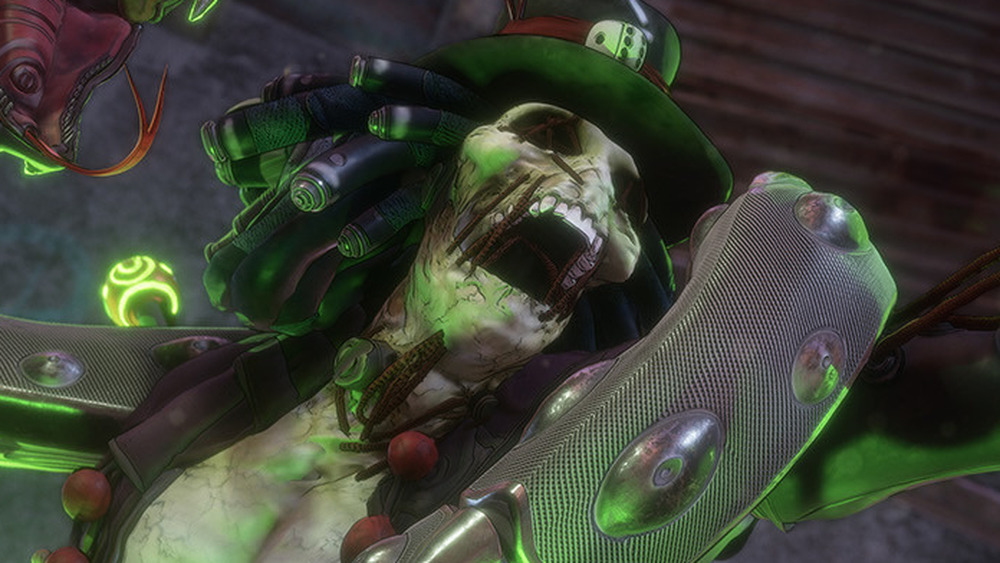The Sad Truth About Bleeding Edge
Ninja Theory's major releases as a game development studio have generally trended toward more dark and edgy content. For example, though controversial among fans of the franchise, DmC: Devil May Cry maintained the series' signature violence and stylish action. Hellblade: Senua's Sacrifice, meanwhile, while similarly dark, took a far more serious approach to its mature subject matter.
That said, Ninja Theory's output includes some purely fun and cartoony releases as well. Its debut as a game development studio was Kung Fu Chaos, a comedic brawler for the Xbox.
The most recent game to be released by Ninja Theory was Bleeding Edge. Elements of multiple prior Ninja Theory games can be found in Bleeding Edge's DNA. While its style is cartoony, its character designs are punk rock-inspired or otherwise counter-cultural in appearance.
The story of Bleeding Edge, however, recently came to something of an end, with Ninja Theory announcing that the game would no longer be actively updated. A declining player base ultimately led to this disappointing decision.
Blueprint for success
Though its development cycle wasn't quite in the public eye for as long as, say, Cyberpunk 2077, Bleeding Edge nevertheless was on plenty of players' radars prior to its release.
Word of Bleeding Edge first leaked in June of 2019, just before it was slated to be announced at that year's upcoming E3 conference. At that time, it was revealed that Bleeding Edge would pit two teams of four against one another in objective-based combat from a third-person point-of-view.
Its gameplay is distinct from games like Overwatch that inspired it in that many characters' standard attacks use close-range melee weapons rather than aim-reliant firearms. Plus characters move quickly on hoverboards or otherwise hoverboard-like vehicles.
Theoretically Bleeding Edge could have been a hit. Its strategic combat resembled plenty of successes that came before it, with a distinct visual style to match. However, while a healthy number of players tried it out upon its March 2020 release, its user base soon dropped off significantly. Meanwhile, reviewers described its potential as untapped.
A steady decline
According to Steam Charts, which tracks active users playing a game through the Steam launcher, Bleeding Edge's peak number of concurrent Steam users was 828 in the month of its release. Bleeding Edge is available for other platforms including Xbox Game Pass, so this number isn't an all-time total, merely an aggregate of those who played it through Steam. That said, that number declined majorly in subsequent months, never rising to above a peak of 100 following May 2020.
Windows Central noticed a lack of Bleeding Edge content in October 2020. The site quoted a Ninja Theory staff member in response, who commented that while the game was still active, no new content was planned at that time. Of course, by that point, its player base had been experiencing a decline for months.
The official announcement that no new content would be introduced to Bleeding Edge came in January 2021, following a span of months in which nothing new was added to the game. Ninja Theory explained that its resources would instead be devoted to developing some of its upcoming projects, including Senua's Saga: Hellblade 2.



